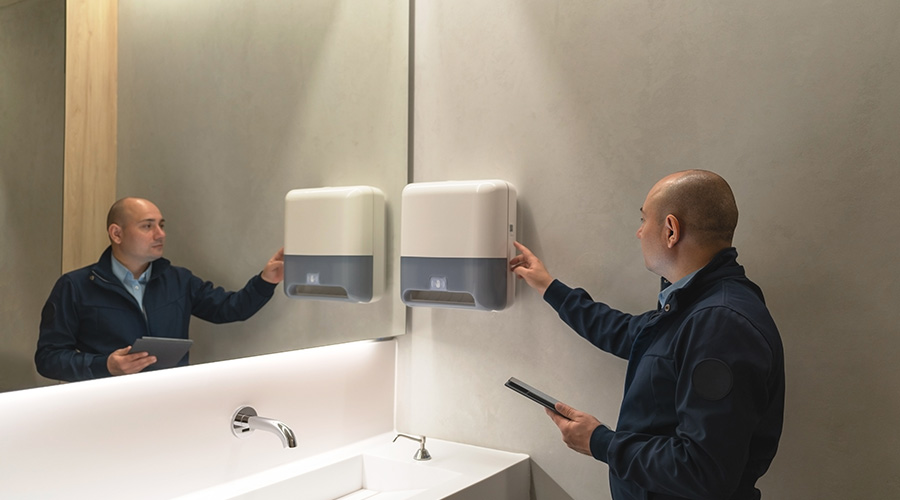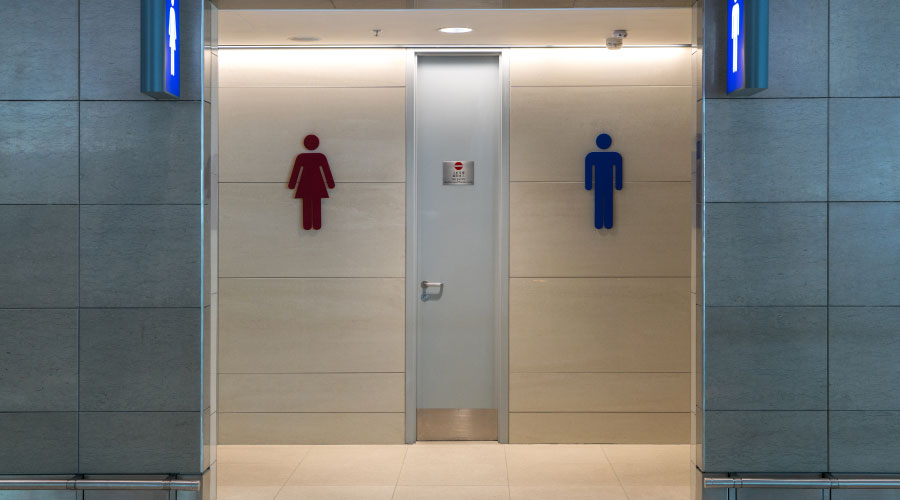Waterless Plumbing Considerations
While flush valves on urinals generally require the same routine repairs as toilet flush valves, waterless urinals are much simpler to maintain because they no water lines or flush valves. Instead, they just have a drain line. They do not require flushing or touching, and technicians can retrofit them into a standard flush valve urinal.
Waterless traps employ a removable trap and trap liquid, which is good for about 1,500 uses. If each use with the old flush urinal used just 1 gpf, one change of liquid saves 1,500 gallons of treated, potable water.
The only daily attention waterless urinals require is cleaning in order to prevent odors — the same as flush urinals. Waterless urinals offer many cost savings, in addition to their water savings.
They have no flush valves to repair or replace. They do not leak water and do not suffer from blockages. They do not have waste lines to clean and do not overflow. They do not use deodorizers or urinal screens, and they do not have flush fixtures to clean.
Focus on Faucets
As faucet technology improves, many institutional and commercial facilities are replacing their commercial manual faucets with new-generation electronic, no-touch faucets. With a flow rate of 0.5 gpm, these new faucets not only save water. They also improve restroom hygiene.
These products consist of a faucet body, a sensor, a fiber-optic cable, a solenoid valve, a control box, and a power supply — either 120 volts through a transformer or a battery. Technicians will need to be aware of the most common problems with these products:
- If the LED does not light, either there is no electric supply, or it might be necessary to disconnect the circuit for 10 seconds and reconnect.
- If the faucet activates randomly, they can set the sensor range shorter.
- If the flow of water is too low, technicians should clean out the aerator or solenoid or replace the bad solenoid.
- If the flow of water will not stop, they should clean out the valve filter, replace the bad solenoid, or check to see if the solenoid is installed backward.
Related Topics:














